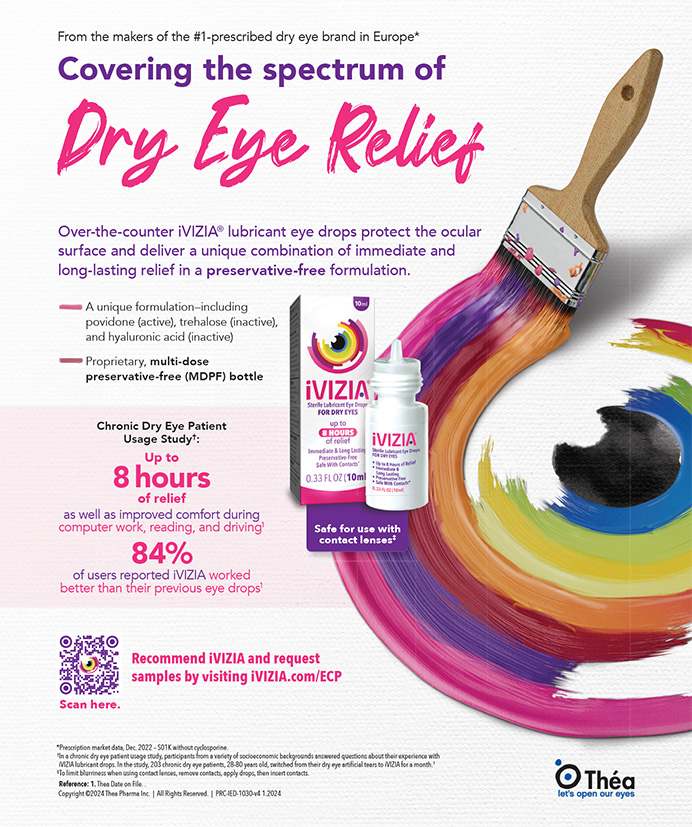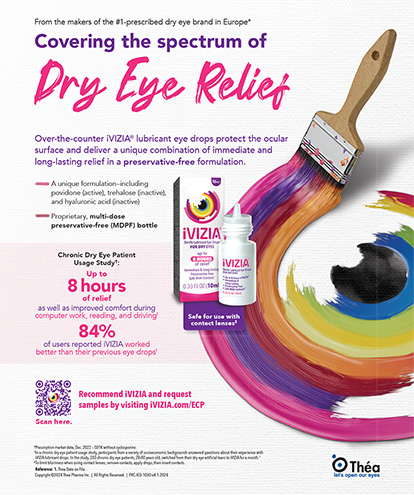
When was the last time you upgraded your toaster? It has probably been a while. I am sure the latest models have some pretty impressive features, but your existing toaster is probably good enough for most or all of your toasting needs. As I break it down, a toaster’s required functions are to apply heat to one or both sides of the item inside it (slice of bread, English muffin, bagel, pastry) for a defined period of time without electrocuting the operator or burning down the kitchen. I think it is fair to say that we have reached a relative plateau in toasting technology, where almost any toaster can produce excellent results.
A toaster is a simple device, but the upgrade cycle volumes for complex devices also shrink as the incremental benefits diminish. When affordable high-definition flat-screen TVs and high-definition programming became widely available, these devices’ advantages over conventional TVs were so obvious that an enormous upgrade cycle was generated. Similarly, when really powerful smartphones appeared, product releases became major international news events, and people waited in line for hours to be the first to get their hands on one of these devices. Subsequent product launches of both TVs and smartphones, however, have been more muted affairs. Although TVs have continued to evolve and are certainly better than even a few years ago, in general, the public does not regard a 3-year-old flat-screen TV with disgust. Manufacturers are still searching for the next big thing to drive sales. Consumers’ response to Apple’s new iPhone 8 has been relatively soft, presumably because the previous model was really good. Instead, many consumers seem to be waiting for blockbuster smartphone breakthroughs from the company as well as from its principal competitor, Samsung.
In laser vision correction (LVC), we ophthalmologists have seen several major technological advances, which in turn spurred new waves of surgery. The most obvious was the initial launch of the excimer laser. It is worth noting that LVC was featured on the cover of Time Magazine in the 1990s, a period when the magazine was much more culturally relevant. Those of us who were fortunate enough to gain early access to the technology were regularly featured in news stories. As a result, waves of patients who had been waiting years for something better than radial keratotomy flocked to surgeons offering the procedure. This pent-up demand drove surgical volumes for years. Big advances like femtosecond laser flaps, wavefront-guided and wavefront-optimized treatments, and better treatment algorithms spurred subsequent adoption cycles, but nothing matched the initial activity generated by the excimer laser itself.
Current LVC is outstanding, but have we reached a technological plateau where subsequent improvements will not have a huge impact? Surgical volumes have been flat as surgical results have improved. It seems unreasonable to assume that further incremental improvements in results will have a dramatic effect on volume. Would our optometric colleagues or our patients suddenly embrace LASIK at a much higher rate if we were able to achieve results of 20/20 or better in 98% of patients when multiple laser platforms achieve that result in about 93% of patients right now? I don’t think so.
To achieve a true sea change in LVC volumes, something revolutionary would have to occur. Some have suggested that small-incision intrastromal lenticular extraction or SMILE constitutes such a change by offering a rebranded fresh start. Results have been good and will likely improve, but they are currently not superior to LASIK results with many available laser platforms. Time will tell, but when the bar has been set so high and the incremental improvements are of diminishing magnitude, we should not expect to see dramatic changes in patients’ adoption.
Steven J. Dell, MD
Chief Medical Editor




